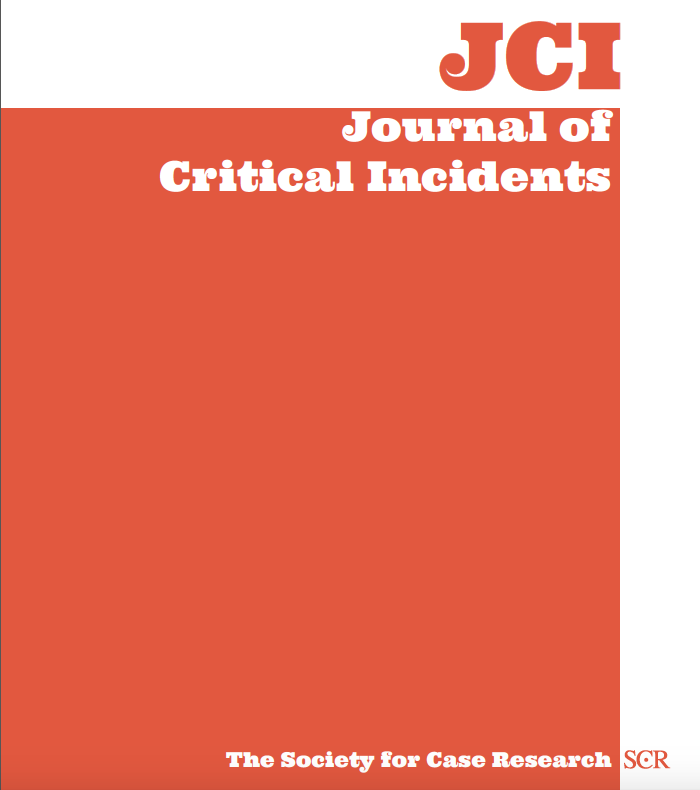Let’s Play: Fair Use or Copyright Infringement?

The creation of YouTube in 2005 and development of Let’s Play videos transformed the video gaming experience. Instead of just playing games, gamers could watch videos of personalities playing and commenting on their favorite games. MasaeAnela, a YouTube personality, uploaded to YouTube several videos of herself playing a Legend of Zelda videogame, Twilight Princess. She received advertising revenue from the videos. Nintendo, the developer of Twilight Princess, needed to decide whether to challenge MasaeAnela for violating its copyright interests. MasaeAnela believed that by adding personal commentary her videos fell within the fair use doctrine, a legal exception to copyright violation. She also saw herself as a brand ambassador. Nintendo had important decisions to make: (1) Did MaseaAnela’s videos violate Nintendo’s copyrights, or did they fall within the fair use exception? (2) Should Nintendo challenge the videos and risk alienating its fan base, or should it take a more cooperative approach?
Upon completing this critical incident, students should be able to:
1. Examine the principles and public policy underlying United States copyright law that provides content creators with exclusive control of their creative materials (17 U.S.C. §106); and apply the reasoning and regulatory scheme to a real-life situation
2. Evaluate the principles, policy, and terms of the fair use doctrine (17 U.S.C. §107); analyze boundaries of when a derivative work is sufficiently transformational to bring it within the scope of the fair use doctrine; and apply this learning to real-world
circumstances
3. Analyze the efficacy of traditional build-it-protect-it businesses models as compared to open business models in monetizing intellectual property; and apply these principles to a real-world situation
Application
The critical incident is appropriate for undergraduate and graduate classes in business law, the legal environment of business, management, media law, social media, technology or cyber law, intellectual property, business strategy, and ethics.
